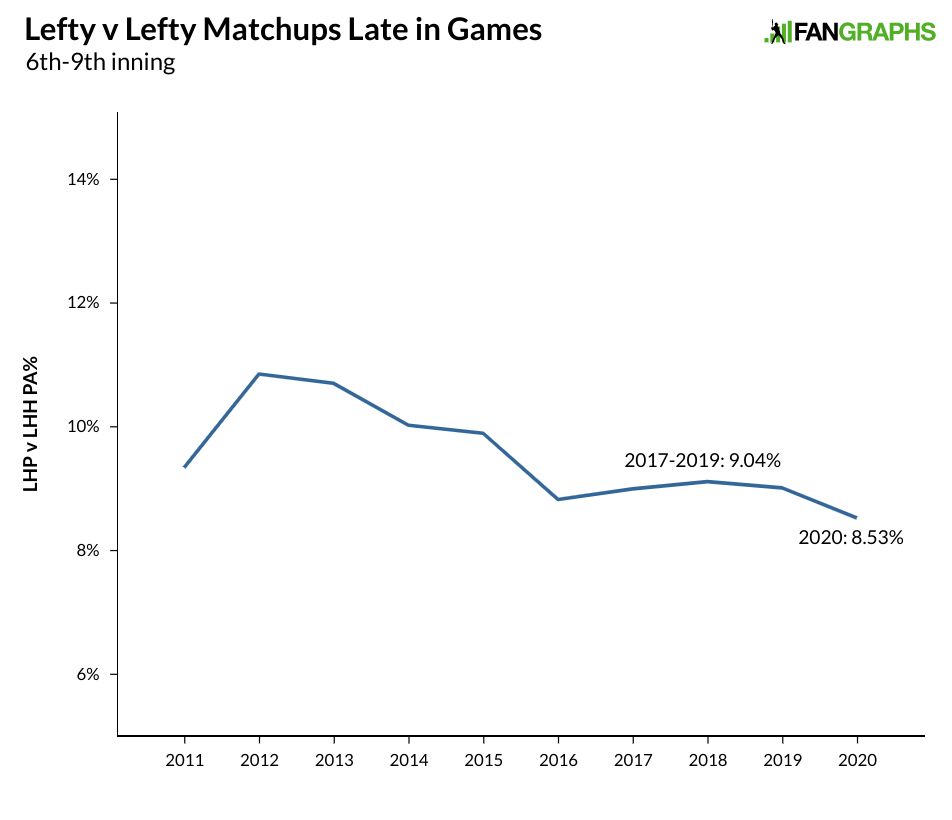Trade Spree! Padres Add Jason Castro in Third Deadline Trade
It had been hours — hours! — since A.J. Preller and the San Diego Padres made a trade, so they were more than due. To fix that nearly unthinkable drought, they stayed within the state of California — Jason Castro is headed from the Angels to the Padres:
Sources: The Padres are trading for catcher Jason Castro, sending righty reliever Gerardo Reyes to the Angels in return. Deal is pending medicals.
— AJ Cassavell (@AJCassavell) August 30, 2020
Catcher has been the main weak spot for San Diego this year. Austin Hedges is hitting .167/.262/.352, and that’s actually better than last year’s batting line. He needs to be more or less perfect behind the plate to make up for that, and he’s fallen short of that this year. The depth chart behind him looks even worse; Francisco Mejía combines the defense of someone the Padres have been hiding in left field to avoid his catching butchery with a line that would make Hedges blush; .079/.146/.184. He’s also on the Injured List with a thumb injury. Third-stringer Luis Torrens has been acceptable in 13 plate appearances, but he’s hardly a solid stopgap.
Enter Castro, whose .192/.323/.385 slash line this year, good for a 98 wRC+, would be the best offensive contribution the Padres have received from a catcher in quite some time. That’s not a good thing, per se — he’s striking out 37.1% of the time with a gross 15% swinging strike rate — but as the saying goes, any port in a storm. Perhaps no position player in baseball this side of Jeff Mathis projects to be worse than Hedges on offense.
Castro’s offensive production, while it would be an upgrade, isn’t the reason teams value his services. He’s made a career out of hitting enough to be playable while saving runs behind the plate, a sort of halfway version of Hedges, who has been one of the worst hitters in baseball his entire career but arguably the game’s best defensive catcher. Read the rest of this entry »

